From Saturday, October 11, 2025 to January 11, 2026, the Palazzina della Rustica of the Ducal Palace in Mantua will host the exhibition Diana Scultori, carver rare. An Artist between Mantua and Rome in the Sixteenth Century, a project that brings back to center stage the artist Diana Scultori (Mantua, c. 1547 - Rome, 1612), an exceptionally important figure in the history of European art. The exhibition, curated by Stefano L’Occaso with the collaboration of Giulia Marocchi and Silvia Merigo, can be visited along the normal museum itinerary and is included in the admission ticket to the Gonzaga complex.
The exhibition presents forty works including drawings, medals, copper plates and prints on paper from important Italian and foreign collections. It is the result of collaboration with the Central Institute for Graphics and features loans from the Museum of Fine Arts in Budapest and Italian institutions such as Florence, Parma, Milan and Mantua. This is the first initiative entirely dedicated to Diana Scultori, a Mantuan artist who lived at the height of the 16th century and is considered the first woman in history to practice the art of engraving professionally.
The exhibition is part of a path of enhancement that Palazzo Ducale has been dedicating for years to artists linked to the Gonzaga court and the school of Giulio Romano. Not coincidentally, the Palazzina della Rustica, the exhibition venue, was designed by Giulio Romano himself, a master for whom Giovan Battista Scultori, Diana’s father and a key figure in the artist’s training, worked. The link with the court architect and painter, already celebrated in 2024 with a major exhibition, thus becomes a thread that unites the artistic vicissitudes of two generations and testifies to the continuity of Giulio Romano’s language in 16th-century graphics.
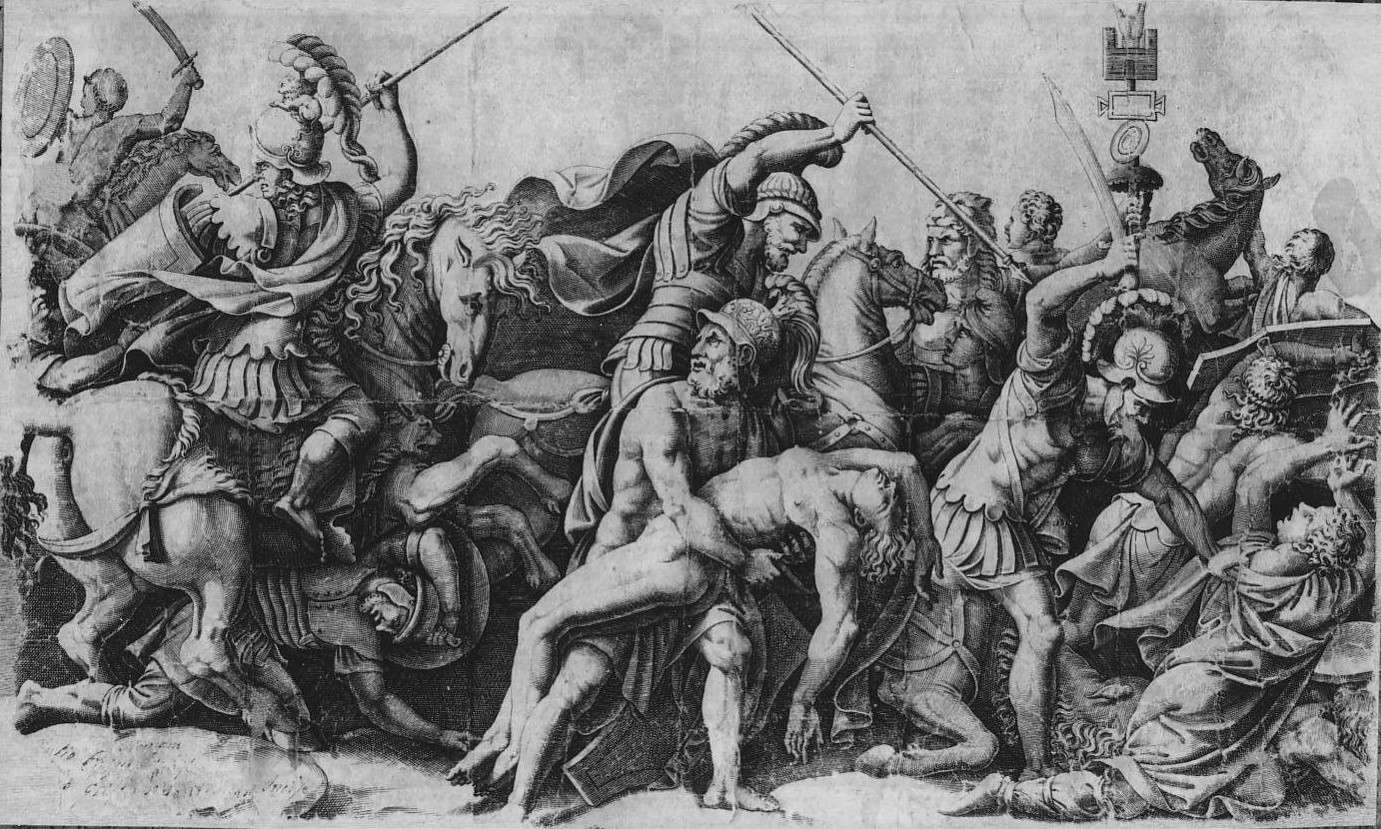
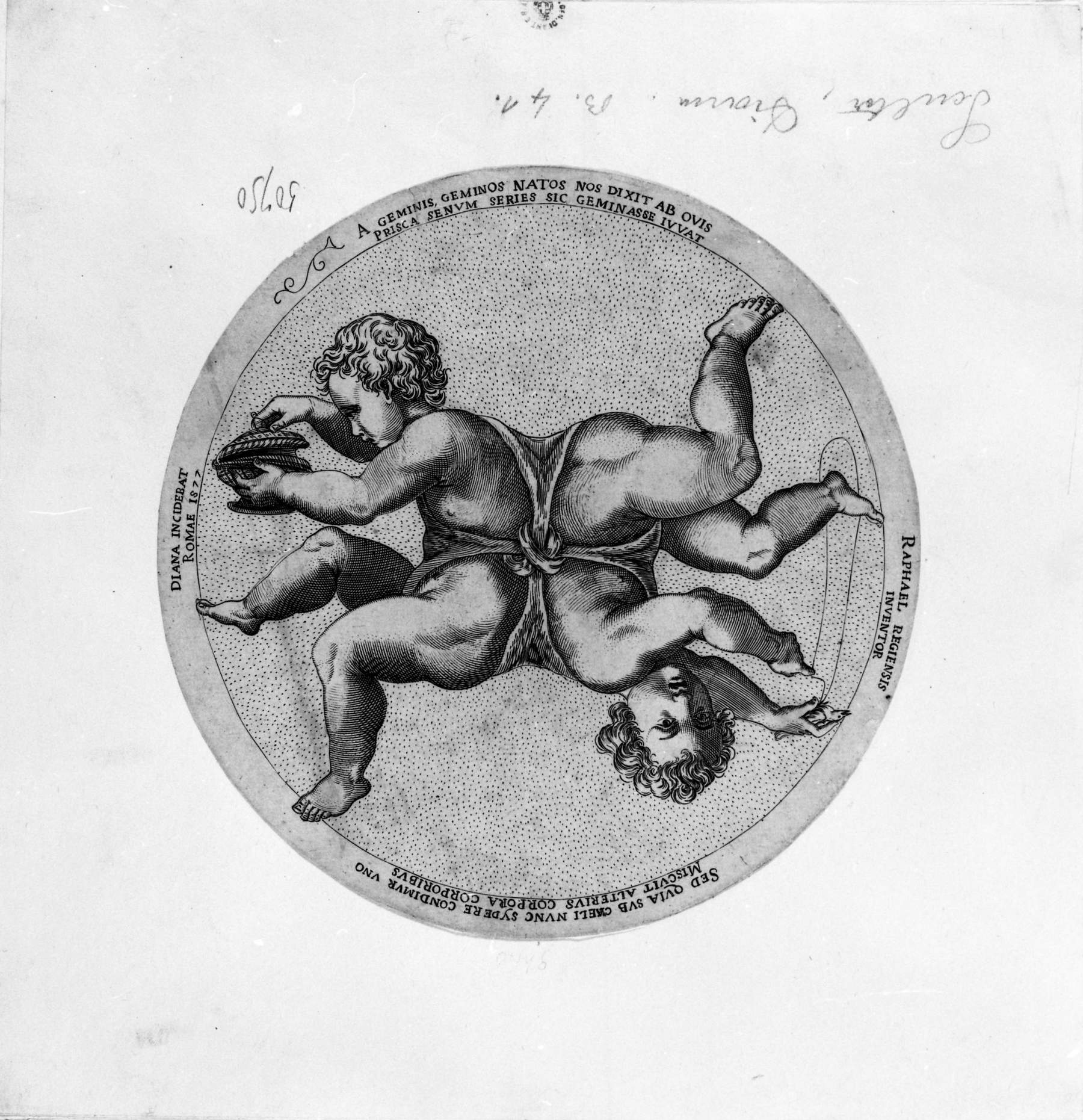
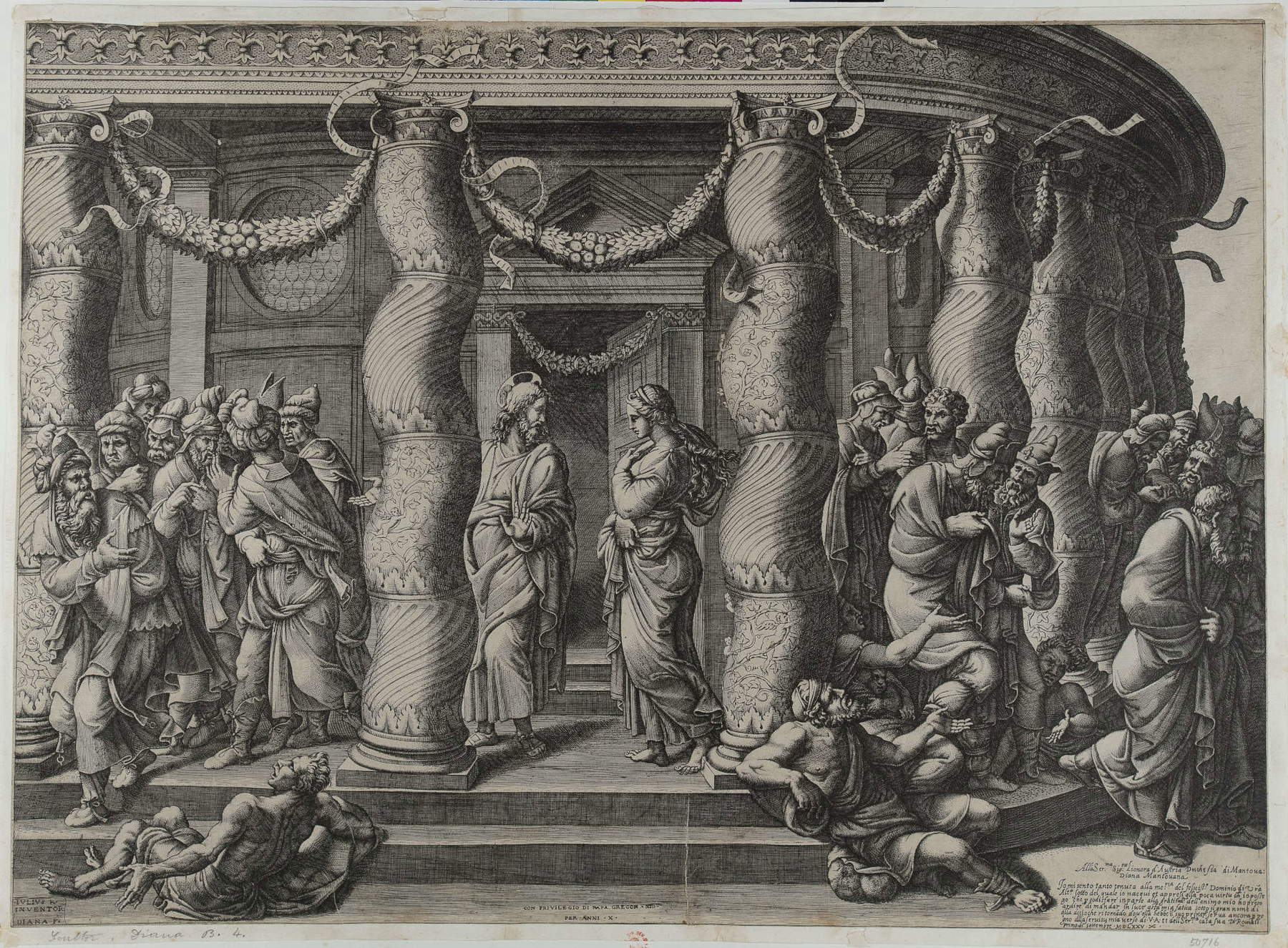
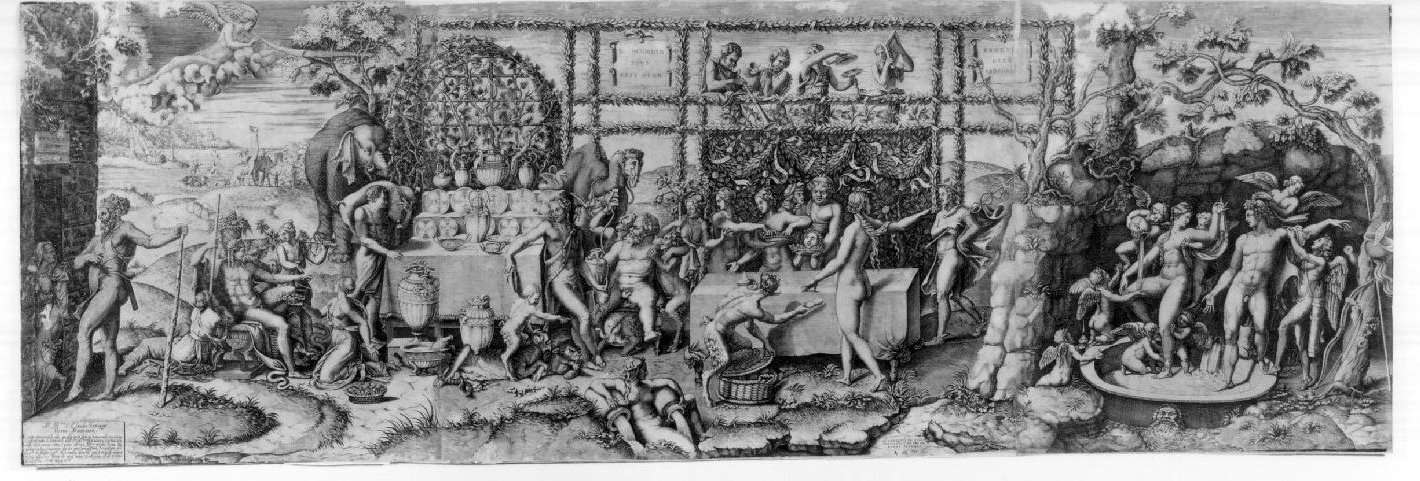
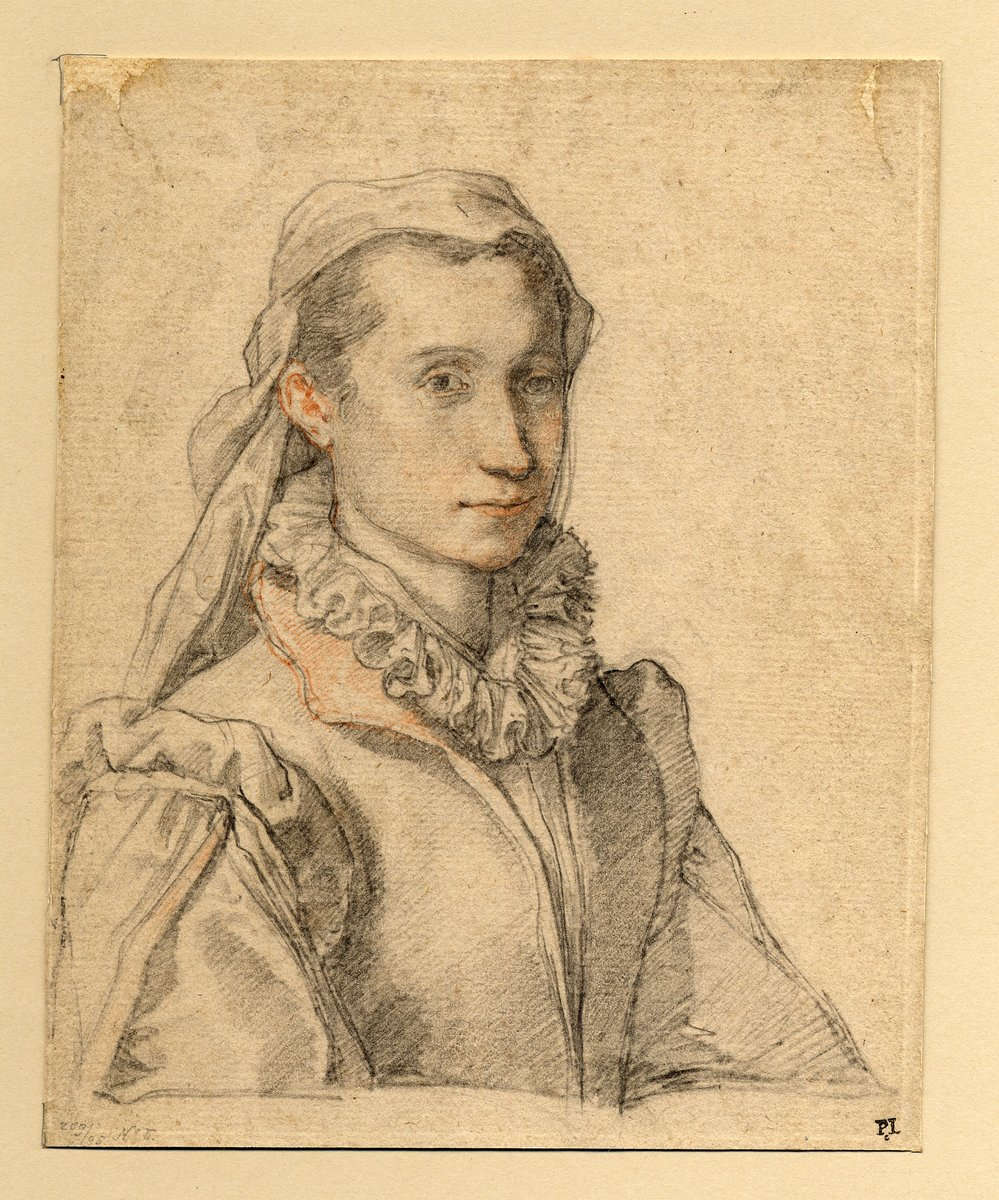
Diana Scultori, who was born in Mantua around 1547 and died in Rome in 1612, grew up in a family of engravers: in addition to her father Giovan Battista, her brother Adam also devoted himself to this art. From a young age, Diana practiced translating Giulio Romano’s inventions into print, showing an early mastery of the burin and a keen sensitivity in rendering the compositional force of the Renaissance masters. Soon, however, he expanded his repertoire, trying his hand at works by Parmigianino and other artists who marked the figurative culture of 16th-century Italy.
Her talent did not go unnoticed. Giorgio Vasari, who met her in person when she was less than 20 years old, wrote words of great admiration in 1568: “Diana carves so well that it is a marvelous thing; et io, che ho veduto lei, che è molto gentile e graziosa fanciulla, e l’opere sue, che sono bellissime, ne sono restato stupefatto.” This praise, rare for a female artist of the time, testifies to the recognition Diana gained even at a young age and marks the beginning of a journey that would take her to Rome, then the artistic and spiritual capital of the Western world.
The move to the papal city took place around 1575, coinciding with her marriage to architect Francesco Capriani, a native of Volterra. The union with Capriani also represented a professional partnership: the two worked in close collaboration with numerous artists active in Rome, including Pietro Candido, Paris Nogari, Raffaellino da Reggio, Federico Zuccari, Durante Alberti, and Niccolò Martinelli known as Trometta. Diana became a kind of graphic mediator between their inventions and the public, translating the painters’ drawings into engravings and contributing to the dissemination of their works through prints.
Her catalog includes interpretations of sacred and mythological subjects, allegories and compositions derived from ancient and modern masters, up to the famous takes from Michelangelo and Correggio. This openness of interests shows a curious mind, capable of combining the Mantuan tradition with Roman taste and anticipating a conception of the artist as an autonomous author, aware of her own intellectual role.
A particularly significant aspect of her career is the official recognition she received from the pontiff: Diana Scultori was in fact the first woman to receive a pontifical privilege for printing, a sort of ancestor of modern copyright, which granted her exclusive rights over her engravings and protected their reproduction. This document not only attests to the esteem she enjoyed with papal authorities, but also represents one of the first records of legal protection for a female artist.
In Rome, Diana successfully fit into a male-dominated artistic environment, earning such prestige that in 1580 she was admitted among the Virtuosi del Pantheon, an institution that brought together high-profile painters, sculptors, and architects. Her name appears alongside those of figures such as Federico Zuccari and Girolamo Muziano, a sign of the full acceptance of her art in the most exclusive circles of the Urbe.
The exhibition in Mantua traces these achievements through works that reveal the complexity and finesse of his graphic language. The engravings on display document his stylistic evolution and the variety of subjects he tackled: from the translation of Giulio Romano’s models to the refined compositions of Mannerist taste, to motifs inspired by ancient sculpture. Particularly interesting are the proofs in which the artist looks to masters of the 15th century, such as Domenico Ghirlandaio and Luca Signorelli, in a kind of homage to the Tuscan tradition that anticipates the later antiquarian rediscovery.
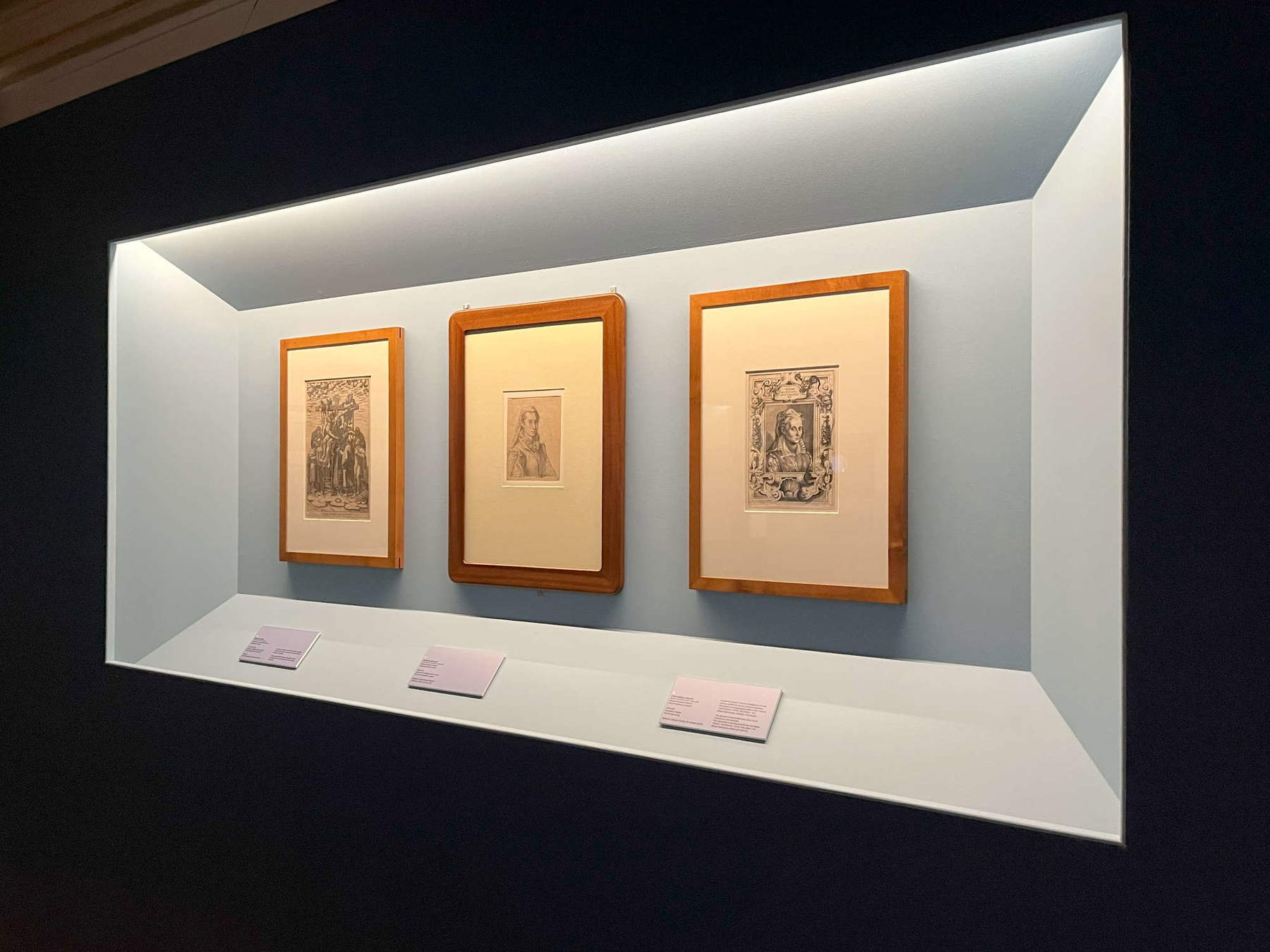
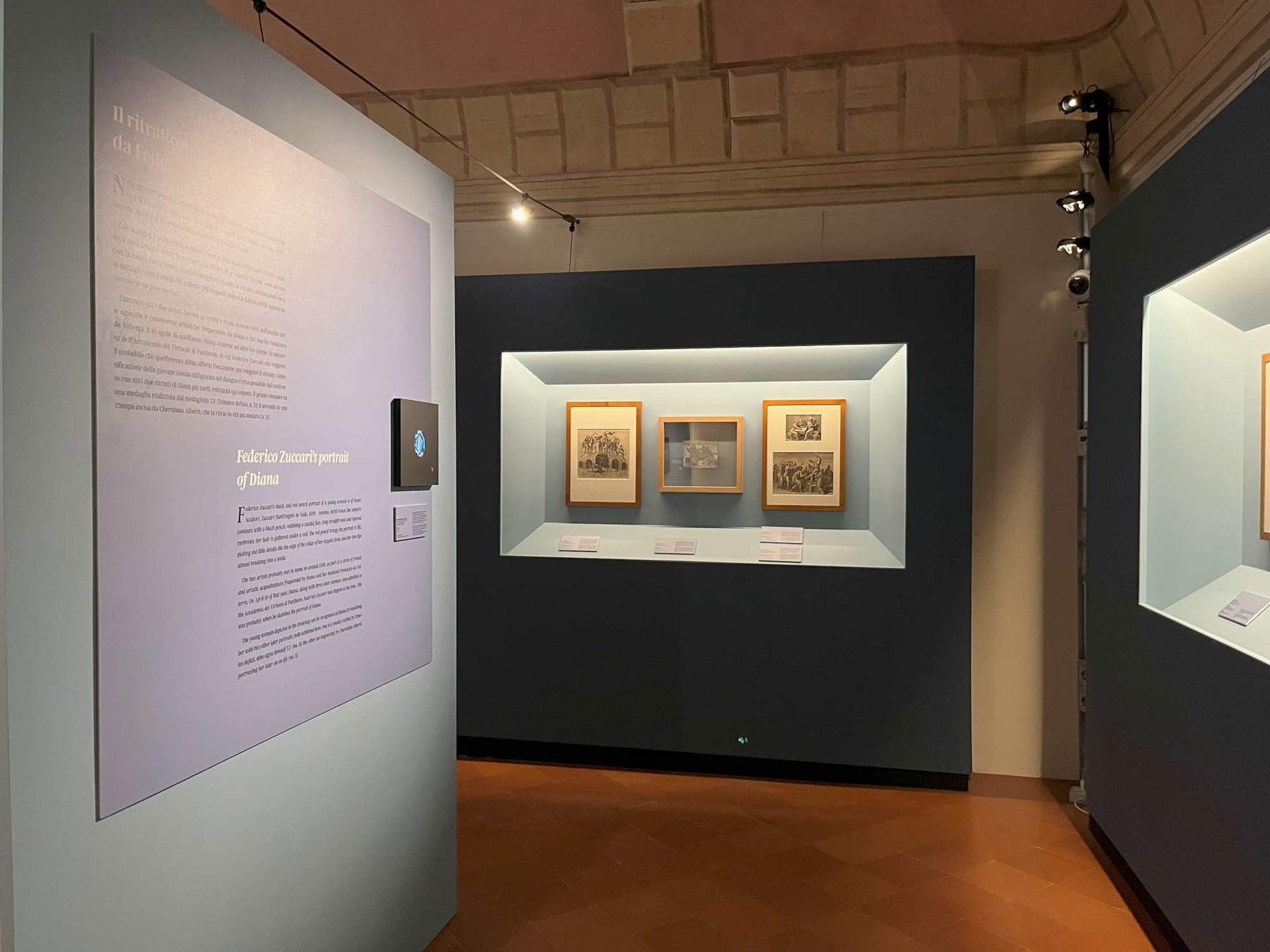
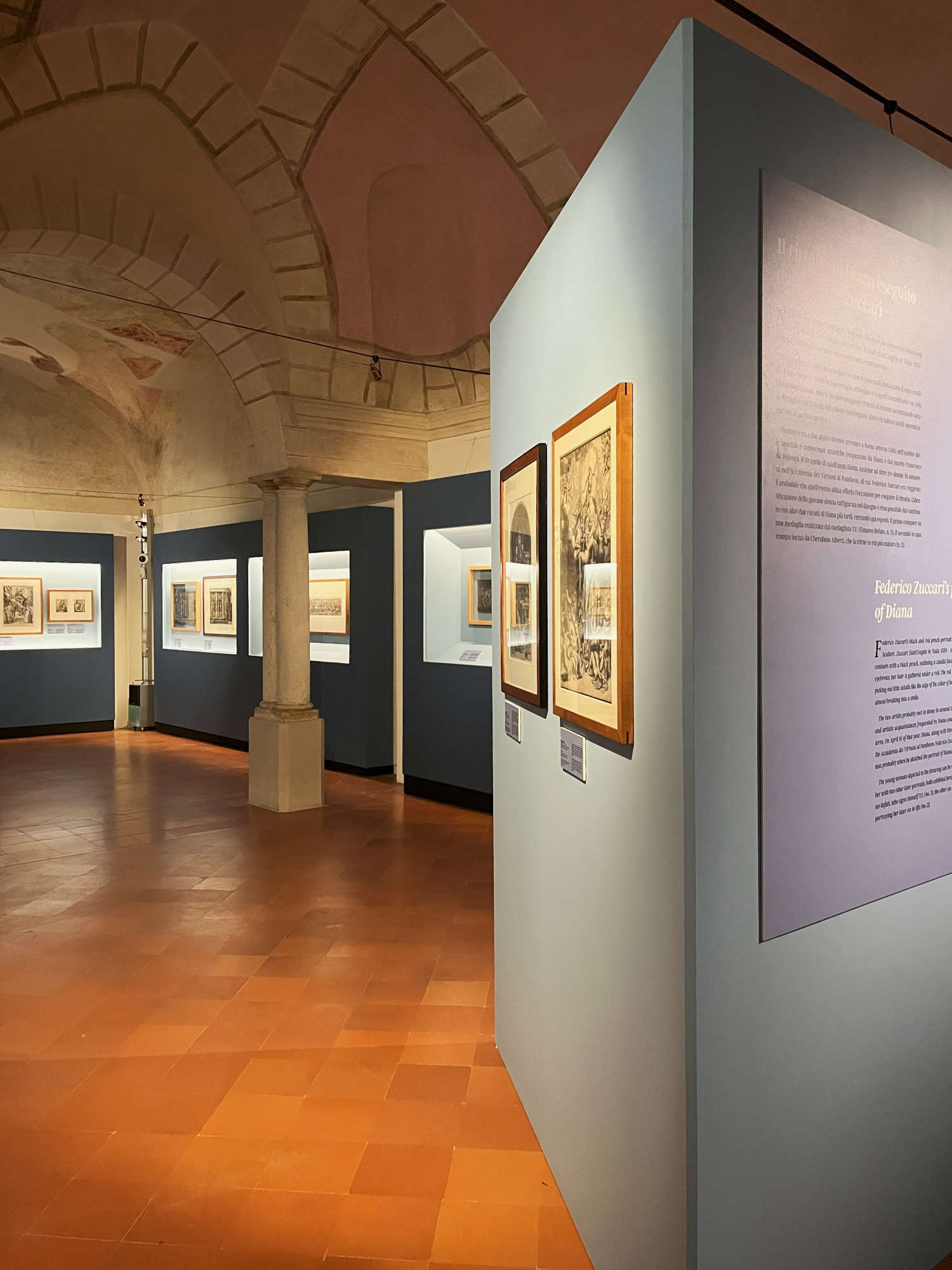
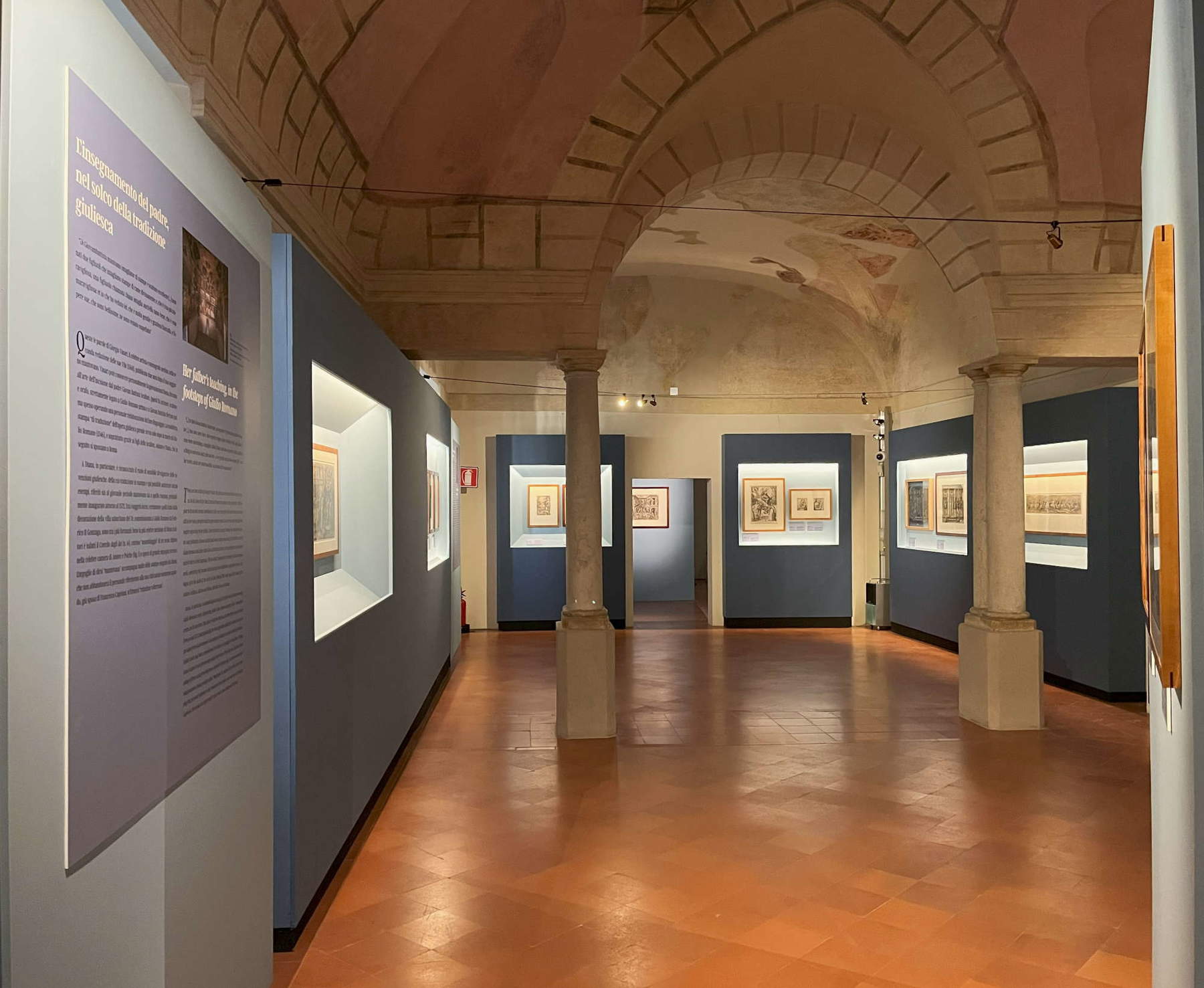
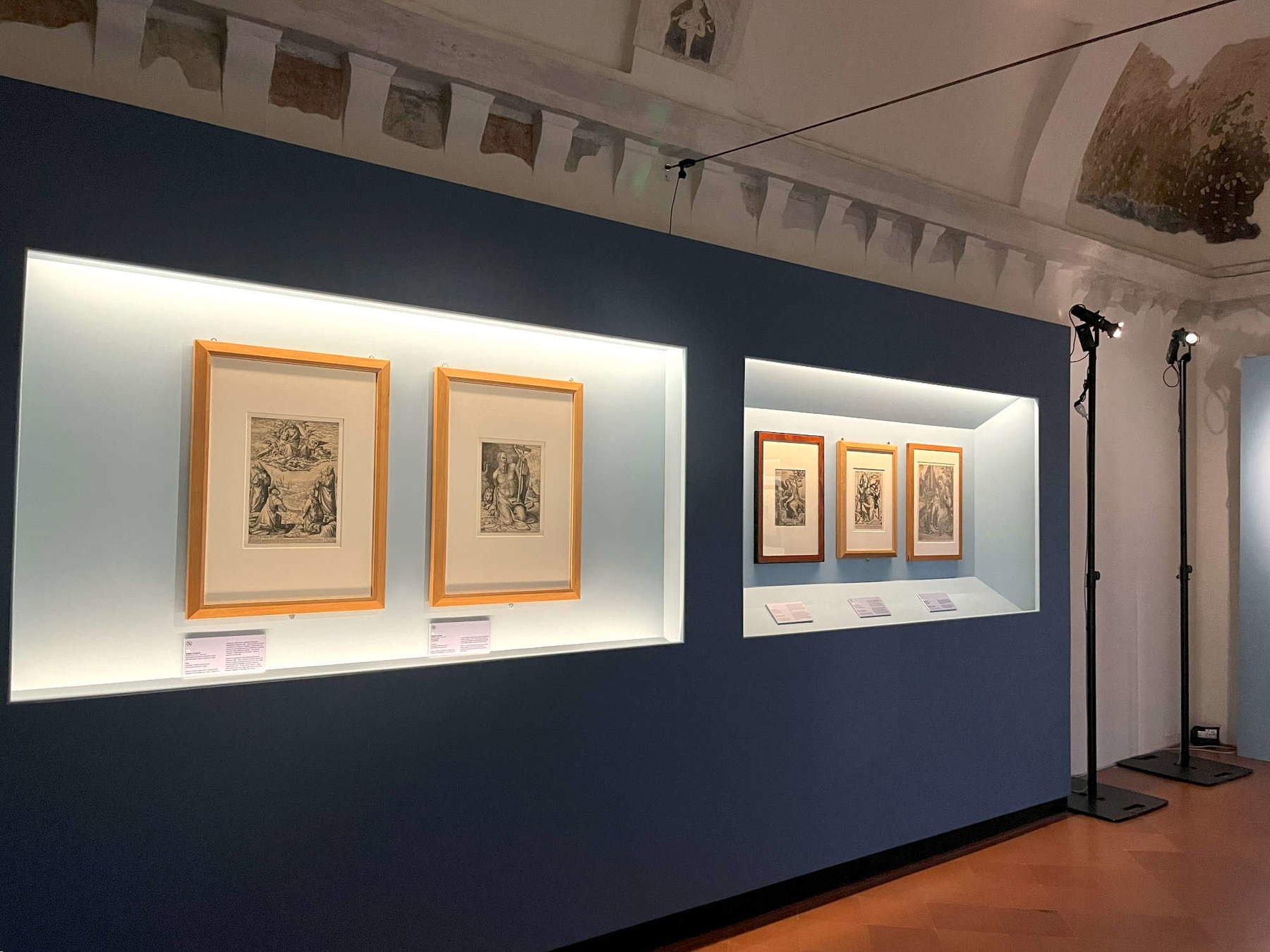
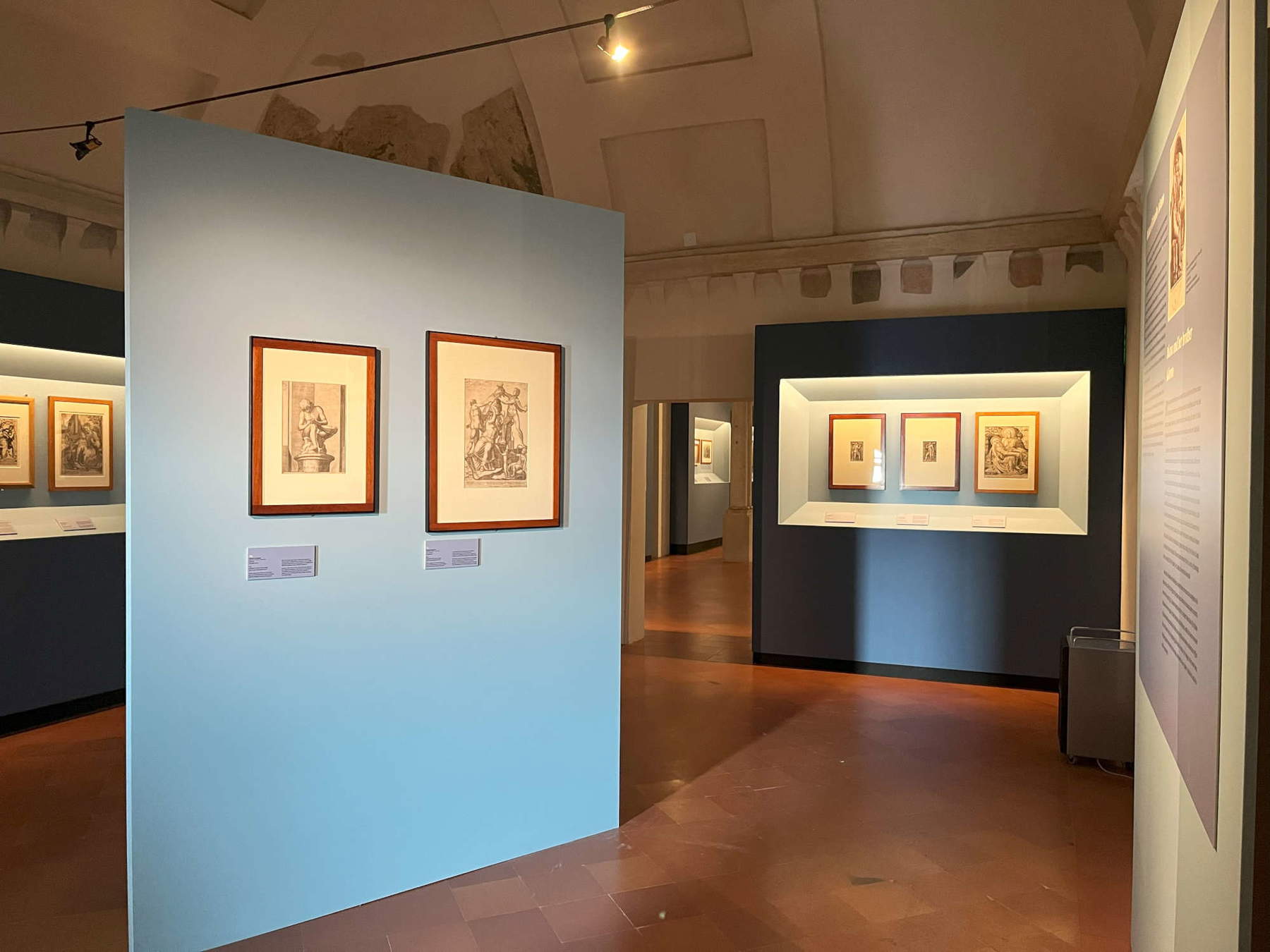
Among the most curious sheets is the print of Gemini (Twins), an enigmatic and fascinating subject showing two interchangeable bodies, observable from different points of view. The work testifies to Diana’s inventive freedom and anatomical sensibility, capable of combining drawing rigor and fantasy, according to the highest canons of Mannerist culture.
Thus, the exhibition aims to restore a well-rounded portrait of an artist who was able to win a leading role for herself at a time when women rarely succeeded in emerging in the field of visual arts. The wealth of materials on display - plates, proofs, preparatory drawings and medals - makes it possible to follow the engraver’s creative process step by step, highlighting her ability to combine technical precision and poetic inventiveness.
Diana Sculptori’s fame was kept alive even after her death. In 1578 Giovan Francesco Peranda called her works “admirable,” while Giovanni Baglione, in the first half of the 17th century, recalled them as “very beautiful,” a sign of a critical fortune that did not end with her passing. Through this exhibition, Palazzo Ducale in Mantua wants to restore Diana Scultori to her rightful place in the history of Renaissance art, emphasizing her pioneering role and ability to pave the way for subsequent generations of women artists. Her story, intertwined with that of the great masters of the time, also recounts the birth of a new female consciousness in the artistic sphere, in a century of profound cultural and social transformations.
Diana Scultori, Rare Carver. An artist between Mantua and Rome in the 16th century will remain open until January 11, 2026. Admission is included in the museum ticket, valid for the entire Ducal Palace tour.
 |
| An exhibition in Mantua to rediscover Diana Sculptori, the "rare carver" of the 16th century |
Warning: the translation into English of the original Italian article was created using automatic tools. We undertake to review all articles, but we do not guarantee the total absence of inaccuracies in the translation due to the program. You can find the original by clicking on the ITA button. If you find any mistake,please contact us.